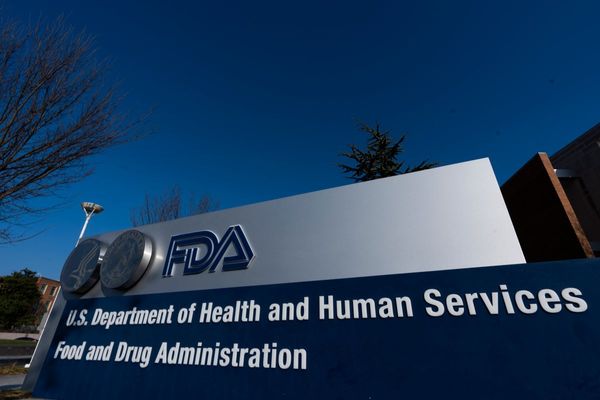
Dozens of schools in Philadelphia are suffering from lead contamination in their water lines, an environmental report has found, potentially exposing tens of thousands of students to toxins proven to cause learning and behavioral issues as well as health problems including damage to internal organs.
The Philadelphia school board disputes the findings of the study by PennPirg (Pennsylvania public interest research group), insisting that systems are in place to prevent students and staff drinking contaminated water, and that any outlet found with lead in excess of acceptable limits is immediately shut down.
But the study’s authors say that the data it has reviewed so far is “just the tip of the iceberg” of the problem across the school district of almost 200,000 students, and is calling for the replacement of every drinking fountain with water bottle filling stations, and filtration systems to be installed in kitchens and other facilities where water is used for consumption.
“Philadelphia’s children deserve safe drinking water, especially at the schools where they go each day to learn and play. As this data shows, it is critical that Philadelphia decision-makers take immediate action to get the lead out,” the study says.
PennPirg reviewed data reported by the school district under a 2017 law that requires lead testing on every campus at least every five years, and for the results to be made publicly available.
But the group said that by the start of this month, four years into the cycle, only 29% of the district’s 323 schools had posted information online, covering drinking fountains, kitchen faucets, hydration stations and sinks in classrooms and bathrooms.
From a review of that data, the study found, 61% of the 1,932 outlets tested showed lead contamination greater than one part per billion, and that of the 65 schools for which data was available, 98% had at least one outlet with contamination in excess of that level.
One outlet at the Tanner G Duckrey public school, a pre-K to 8th grade campus in north Philadelphia, showed levels of lead at 8,768ppb.
The long-running dirty water crisis in Flint, Michigan, brought new scrutiny of levels of water contamination nationwide, and Joe Biden’s administration has promised to make the issue a priority, announcing ambitious plans in December to replace 100% of lead pipes in homes across the country.
“The science on lead is settled – there is no safe level of exposure and it is time to remove this risk to support thriving people and vibrant communities,” the Environmental Protection Agency (EPA) administrator, Michael S Regan, said in a statement at the time.
But critics noted there was no plan to reduce the existing “acceptable” level of lead in water from a Donald Trump-era rule of 15ppb, and that no timeline was announced for the pipe replacement. Additionally, they feared that economically deprived areas and those with high populations of racial minorities would be overlooked.
“Children, especially those in the pre-K to seven-year-old age range, and particularly children of color and those from low-wealth communities, are among those most vulnerable to environmental toxins and exposures of all kinds,’” said Jerry Roseman, director of environmental science and occupational safety and health for the Philadelphia federation of teachers.
“Substandard conditions in many school spaces continue to exist and to present health risks to students, as well as staff; ensuring that adequate, accessible and lead-free drinking water is readily available to all students and other school occupants is an absolute bottom line requirement for every school in Philadelphia.”
In a statement to ABC News, the Philadelphia school district said the study was “not an accurate reflection of the water quality that students and staff in our district are accessing each and every day.
“In the event that a water outlet tests at or above 10ppb, the city of Philadelphia’s required threshold for school drinking water, the outlet is immediately shut down.
“The district closes these outlets, both because it is required under city and EPA regulations, and to prevent students or staff from using or ingesting contaminated water.”







